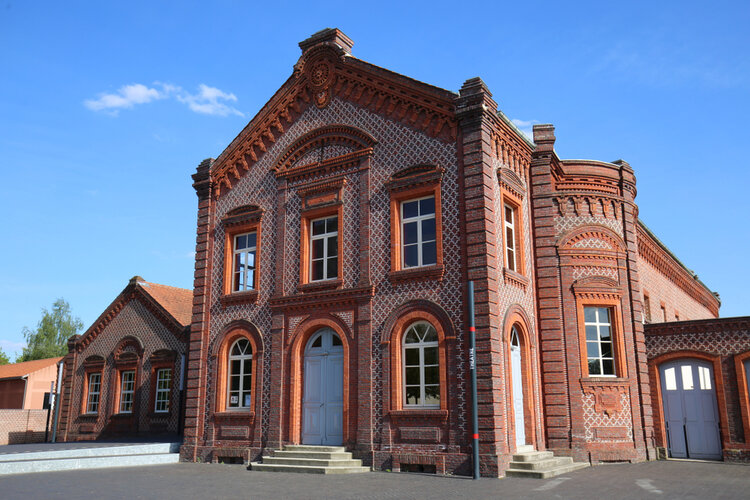The Familistère, which housed workers and their families, was created in the 19th century by Godin, a cast iron industrialist. This exceptional site, unique in France, is a real city within a city!

The Familistère, which housed workers and their families, was created in the 19th century by Godin, a cast iron industrialist. This exceptional site, unique in France, is a real city within a city!
The Familistère is the fruit of a utopia realized by the industrialist Jean-Baptiste Godin. Son of a locksmith, Godin left school at the age of 11. At 18, he went on a tour of France as a "Compagnon du Devoir" (Companion of Duty) during which he discovered the misery of the workers and the ideas of Saint-Simon. On his return, he filed a patent for his first invention: the "Godin stove".
The cast iron heater was so successful that it was mass produced. Godin's economic success allowed him to feed his social ideals. He was inspired by the theses of the socialist theorist Charles Fourier and the idea of the Phalanstery as a solution to the misery of the working class to create his familistère.
The construction of this "social palace" was completed in 1882 and included housing for the workers, a school, a theater, a swimming pool, stores and even a "nursery".
The involvement of the workers in the management of the company made the structure exceptional. Godin set up a cooperative in which the workers were shareholders. But, under economic pressure, the cooperative went bankrupt in 1968.
The Godin factory has now been bought by a group and part of the housing has been privatized. Visitors have access to the main building and the annexes.
During the guided tour you will learn about the way of life of the inhabitants of the familistère in the 19th century through the discovery of a sample apartment, the commissary, the amazing wash-house-pool, and finally the garden of the familistère where Godin is buried.
To prepare your visit to this unique site, go here.
Jessica from Comme des Français
----
Are you interested in historical heritage rehabilitated as a tourist attraction? Discover also :